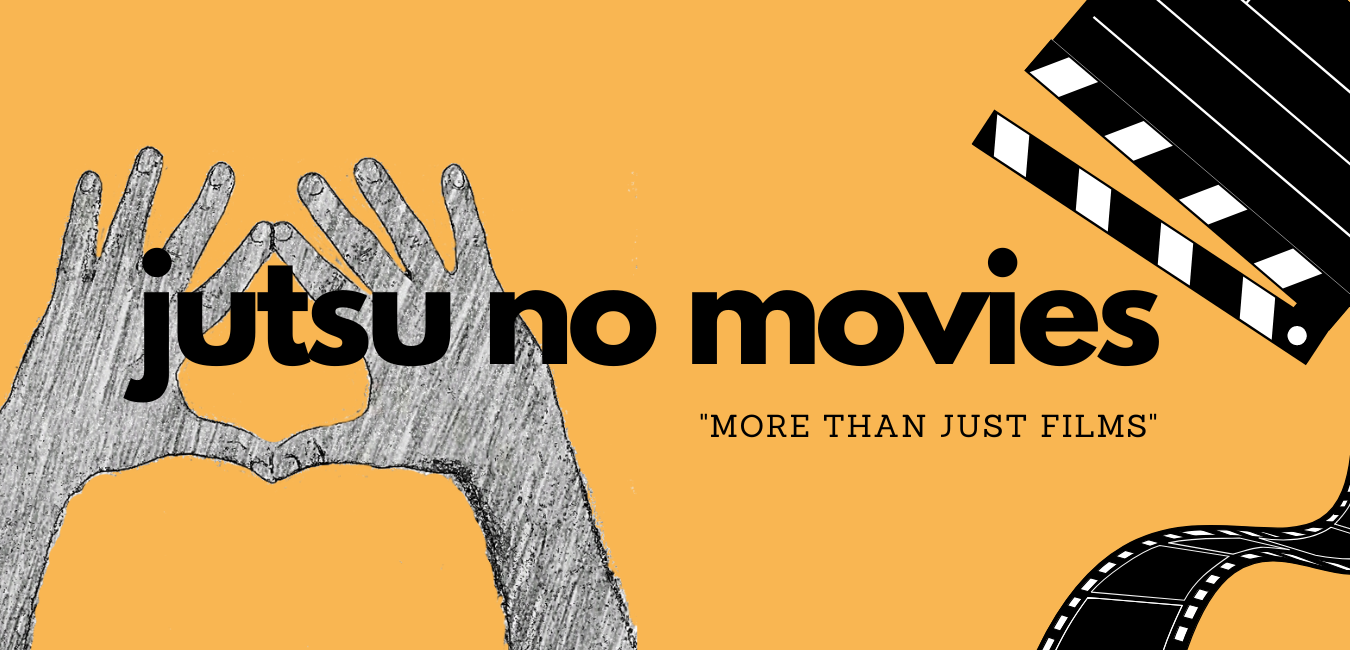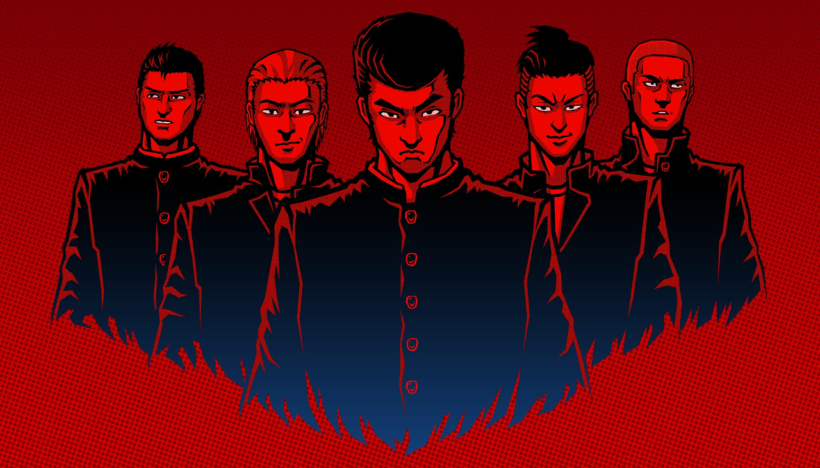The Beat’em up genre returns on the spotlight with Ringo Ishikawa and all his “indie” friends. Since the launch in 2018 of the indie game The Friends of Ringo Ishikawa, the old glories of the beat’em up genre are rising once again. So let’s see how the new indie wave started…
A new “old school” classic
The Friends of Ringo Ishikawa is essentially, like its developer Yeo says, an existential open world game about Japanese delinquents. Behind this 8bit game there is really a world, the Japanese school myth of the 80ies. You are playing as Ringo Ishikawa, a local gang leader in his last year of school without any idea what to do when he graduates. It is a game of choices, because you will choose what to do with the time you have left, before the game ends. The options are not endless, but you really could experience a wide range of actions that really wink at the Generation Y like for example: work in a VHS shop, play billiard in a bar, go to the gym or simply walk around the village. But, as far as can be enjoyable to experiment all these open world game options, The Friends of Ringo Ishikawa is still a youthful gang story and fighting other school gangs is central and part of the plot.
Back to the 80ies
For those born in the 80ies or 90ies and grew up with manga and anime, The Friends of Ringo Ishikawa is capable to deliver the essence of what is meant to be a Japanese high school bully, at least with the eyes of a gaijin, a non-Japanese. So playing as Ringo Ishikawa specially involves to deal with other hostile school enemy gangs using fists and kicks. And it exactly there, where The Friends of Ringo Ishikawa shines the most, because of the quality of the action. Let’s start with Ringo’s basic moves, codified in the game with one button for kicking and another for punching, once in “delinquent mode”. In the story plot, Ringo is already a badass thanks to the years spent in the Karate dojo and street fighting. So you will start with some recognizable moves like the classic boxing hooks and uppercuts, and some karate kicks like mawashi-geri (roundhouse kick) and kakato-geri (axe kick). There is also a judo thrown move available from the start, the Tsurikomi Goshi. The players who choose to train in the boxing club will then unlock interesting boxing moves as well those who decide to take judo classes in the school gym will then unlock other useful judo techniques. If you will fight gangs alone and lose near the junkyard area, the event will unlock the possibility to learn some kickboxing moves from “the mechanic”.
Here the complete list of the available moves:
- Judo (throwing moves): Tsurikomi goshi, Tomoe nage, Hane goshi, Harai tsurikomi ashi, Takedown, Roll
- Boxing (punching moves): Street boxing, Slip and step, Duck and weave, Counter attack
- Kickboxing (kicking moves): Low kick, Teep, Flying knee, Flying elbow
A new beat’em up wave ready to hit hard
If very important videogames like Street of Rage 4 and River City Girls are bringing back the old glories of the beat’em up genre, without a doubt indie games like The Friends of Ringo Ishikawa are elevating the standard, expanding the genre with new fresh point of views. So it is not a surprise that all these titles will continue their path with new dlc or even new games. In the next future the Kunio-kun series will deliver a River City Girls sequel and a prequel for example. Street of Rage 4 dlc is expanding the game experience for about a month by now and always this year we could enjoy a big return: the turtles are back with the new beat’em up title Teenage Mutant Ninja Turtles: Shredder’s Revenge. The developer Yeo after The Friends of Ringo Ishikawa and Arrest of a stone Buddha, will launch in 2022 his new title Fading Afternoon!
So have you ever played one of the games of Ringo Ishikawa and his “indie” friends? Which one do you prefer and why?

